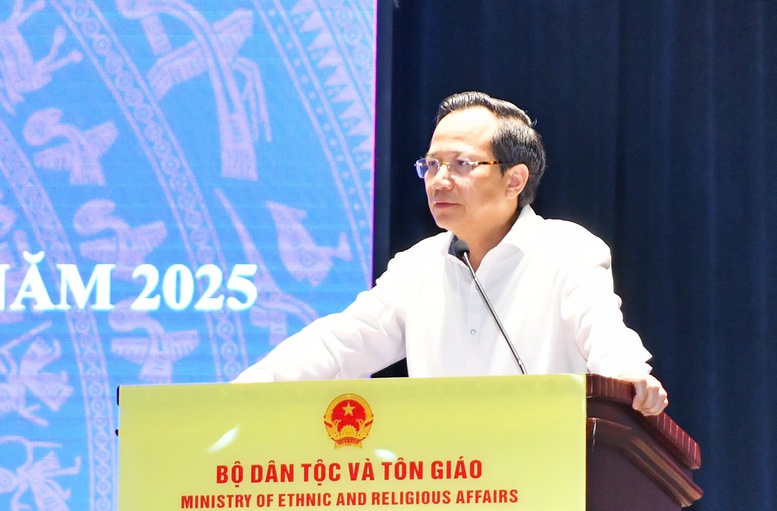
Minister Dao Ngoc Dung: Focus on adjusting and perfecting mechanisms and policies to improve the effectiveness of implementing the National Target Program 1719 in phase II - Photo: VGP/Son Hao
Solve the "5 best" problem group synchronously
The National Target Program 1719 has contributed to reducing the poverty rate in ethnic minority areas by an average of 4% per year, higher than the overall poverty reduction rate of the whole country. People's livelihoods are increasingly diversified, the income of ethnic minorities reaches an average of 42.7 million VND per year (as of December 31, 2024), contributing to narrowing the development gap between regions; playing an important role in promoting the sustainable development and prosperity of the country.
Key projects to develop essential infrastructure (transportation, electricity, domestic water), support production, improve the qualityof education and health care, preserve and promote national cultural identity... have been implemented synchronously and effectively in most localities.
However, according to Minister of Ethnic Minorities and Religions Dao Ngoc Dung, the implementation of the Program still faces some difficulties such as low progress in disbursing investment capital, limited capacity for implementation at the grassroots level, coordination between ministries and branches is not really smooth, many policy mechanisms are not suitable for specific subjects and areas... Notably, in the 9 specific target groups assigned by the National Assembly in Resolution No. 120/2020/QH14, by the end of March 2025, there were still 3 target groups that had not been achieved. These target groups include: Target group on improving technical infrastructure and social infrastructure in extremely difficult areas; target group on the number of communes and villages out of extremely difficult areas; target group on sedentarization, basically solving the shortage of residential land and production land for ethnic minorities.
Minister Dao Ngoc Dung said that the conference to review the National Target Program 1719 Phase I (2021-2025) is expected to be held in April 2025. This will be an important occasion to comprehensively and objectively evaluate the effectiveness of the Program's implementation. Thereby, valuable lessons will be drawn to adjust and perfect mechanisms and policies to improve the effectiveness of the Program's implementation in Phase II (2026-2030), with the goal of achieving sustainable and comprehensive development for ethnic minority and mountainous areas.
The consistent principle in implementing the National Target Program 1719 Phase II is that ministries and central agencies only perform the task of managing the general target by guiding localities to develop implementation plans and monitor and supervise the achievement of the Program's goals and targets according to the annual and phase-by-phase progress. Localities are fully proactive in planning, mobilizing and allocating resources, and organizing implementation to ensure the roadmap to achieve annual and phase-by-phase goals and targets according to the viewpoint of "locality decides, locality acts, locality is responsible", the Minister of Ethnic Minorities and Religions emphasized.
In particular, the Program must closely follow the content of the 10 component projects approved in Resolution No. 88/2019/QH14, ensuring priority is given to synchronously solving the "5 best" group of problems in ethnic minority and mountainous areas: The most difficult infrastructure conditions; lowest quality of human resources; slowest socio -economic development; most difficult access to services and highest poverty rate.
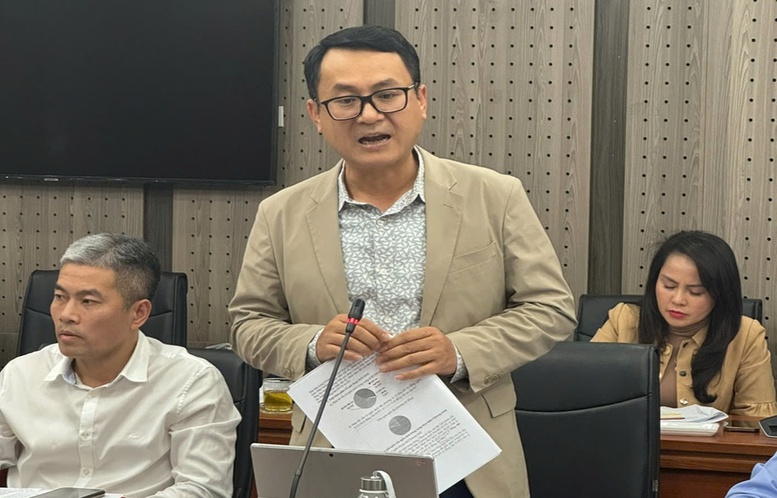
Mr. Ha Viet Quan, Chief of the Office of Coordination of National Target Program 1719, Ministry of Ethnic Minorities and Religions - Photo: VGP/Son Hao
Proposing specific goals and targets in phase II (2026-2030)
Currently, the Ministry of Ethnic Minorities and Religions is proposing to build the National Target Program 1719 Phase II in the direction of continuing to maintain important tasks in exploiting the potential and advantages of each locality to promote economic development, sustainable poverty reduction, and narrowing the development gap.
Mr. Ha Viet Quan, Chief of the Office of the National Target Program 1719, said that the specific goals of the Program for the 2026-2030 period will focus on the following contents: Population arrangement, building synchronous infrastructure and inter-regional connectivity; developing the fields of education, health, and culture; improving people's lives; improving the quality of ethnic minority cadres; protecting and preserving national cultural identity; eliminating backward customs; promoting gender equality, protecting women and children; consolidating the grassroots political system; protecting border security and strengthening national solidarity.
The program also sets out many important criteria, such as: Completing the targets set in the National Target on sustainable development by 2030; the average income of ethnic minorities reaching half of the national average; the poverty rate falling below 10% and no more extremely disadvantaged communes and villages; 70% of communes in ethnic minority and mountainous areas meeting new rural standards.
In addition, the Program will promote the shift of labor structure in rural areas, annually attracting 3% of ethnic minority laborers to industry, handicrafts, tourism and services; 40% of ethnic minority laborers are proficient in industry, handicrafts, tourism and services; 80% of ethnic minority farming households participate in commodity agriculture and forestry; more than 85% of communes and villages in ethnic minority and mountainous areas have adequate infrastructure to meet socio-economic development requirements; eliminate temporary housing; improve the quality of living environment, increase forest coverage.
In particular, focusing on resolving the unplanned migration of ethnic minorities, specifically, 100% of ethnic minority households currently residing in scattered, remote areas or in areas at high risk of flash floods and landslides will be planned, arranged, and relocated to new, safer and more convenient places to live, Mr. Ha Viet Quan shared.
Son Hao
Source: https://baochinhphu.vn/khai-thac-tiem-nang-loi-the-vung-dong-bao-dtts-mien-nui-de-thuc-day-phat-trien-kinh-te-giam-ngheo-ben-vung-102250411085016003.htm


![[Photo] Nearly 3,000 students moved by stories about soldiers](https://vphoto.vietnam.vn/thumb/1200x675/vietnam/resource/IMAGE/2025/5/17/21da57c8241e42438b423eaa37215e0e)

![[Photo] More than 17,000 candidates participate in the 2025 SPT Competency Assessment Test of Hanoi National University of Education](https://vphoto.vietnam.vn/thumb/1200x675/vietnam/resource/IMAGE/2025/5/17/e538d9a1636c407cbb211b314e6303fd)

![[Photo] Prime Minister Pham Minh Chinh chairs meeting on science and technology development](https://vphoto.vietnam.vn/thumb/1200x675/vietnam/resource/IMAGE/2025/5/17/ae80dd74c384439789b12013c738a045)
![[Photo] Readers line up to visit the photo exhibition and receive a special publication commemorating the 135th birthday of President Ho Chi Minh at Nhan Dan Newspaper](https://vphoto.vietnam.vn/thumb/1200x675/vietnam/resource/IMAGE/2025/5/17/85b3197fc6bd43e6a9ee4db15101005b)




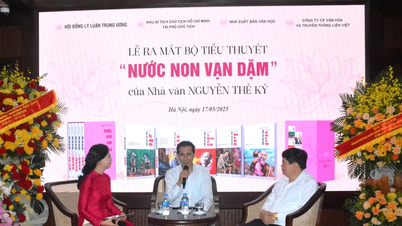


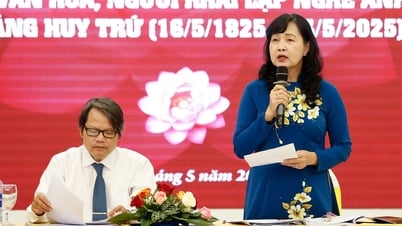
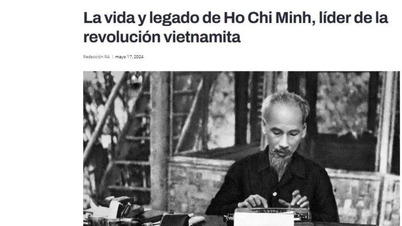






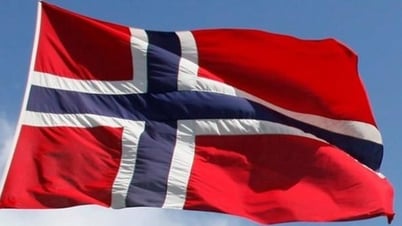



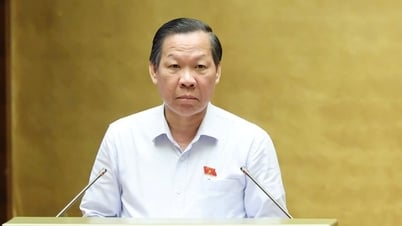

















































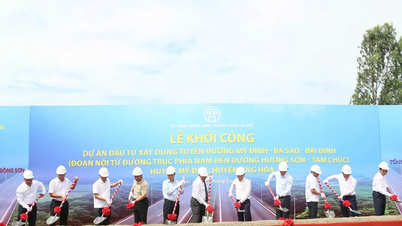


















Comment (0)